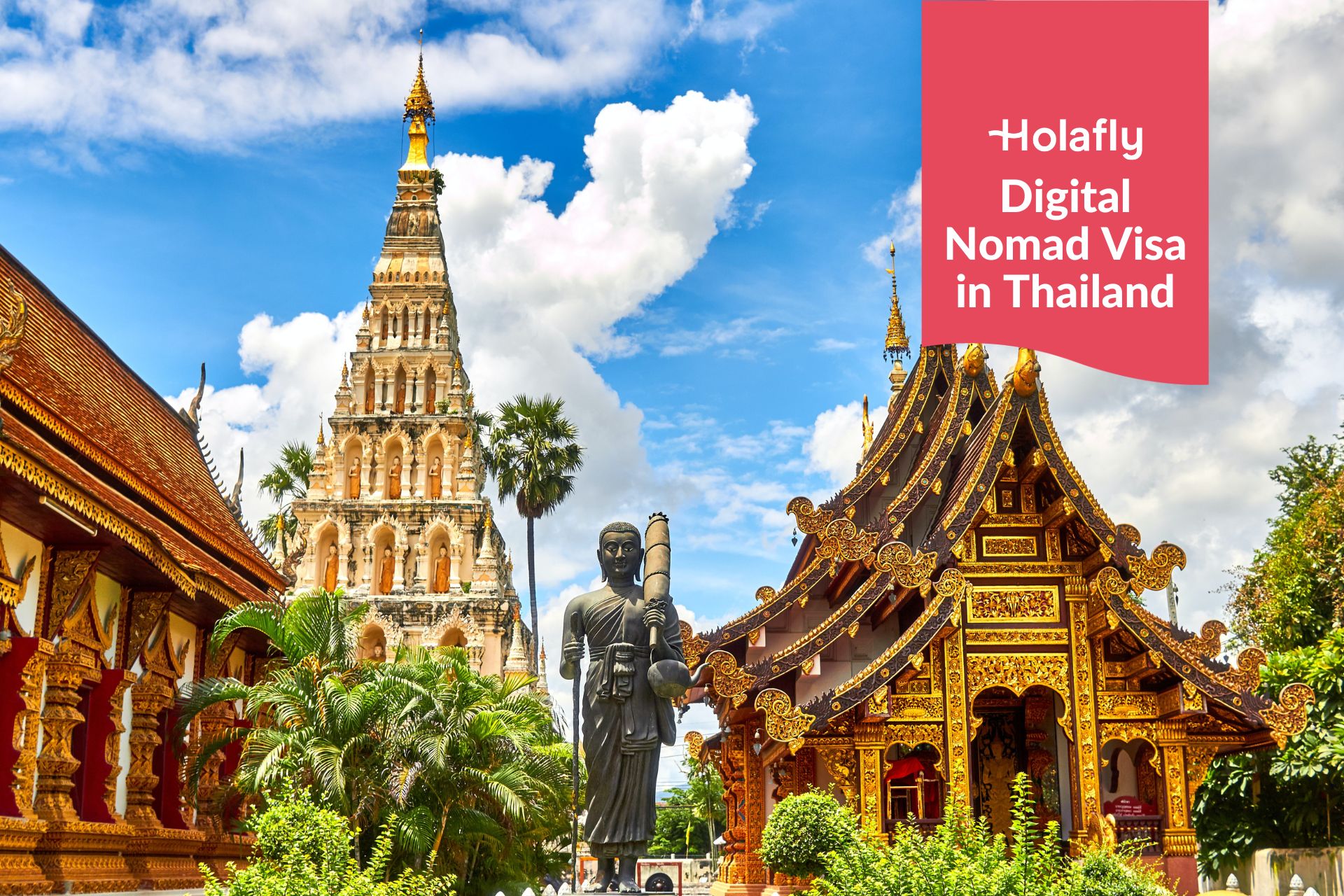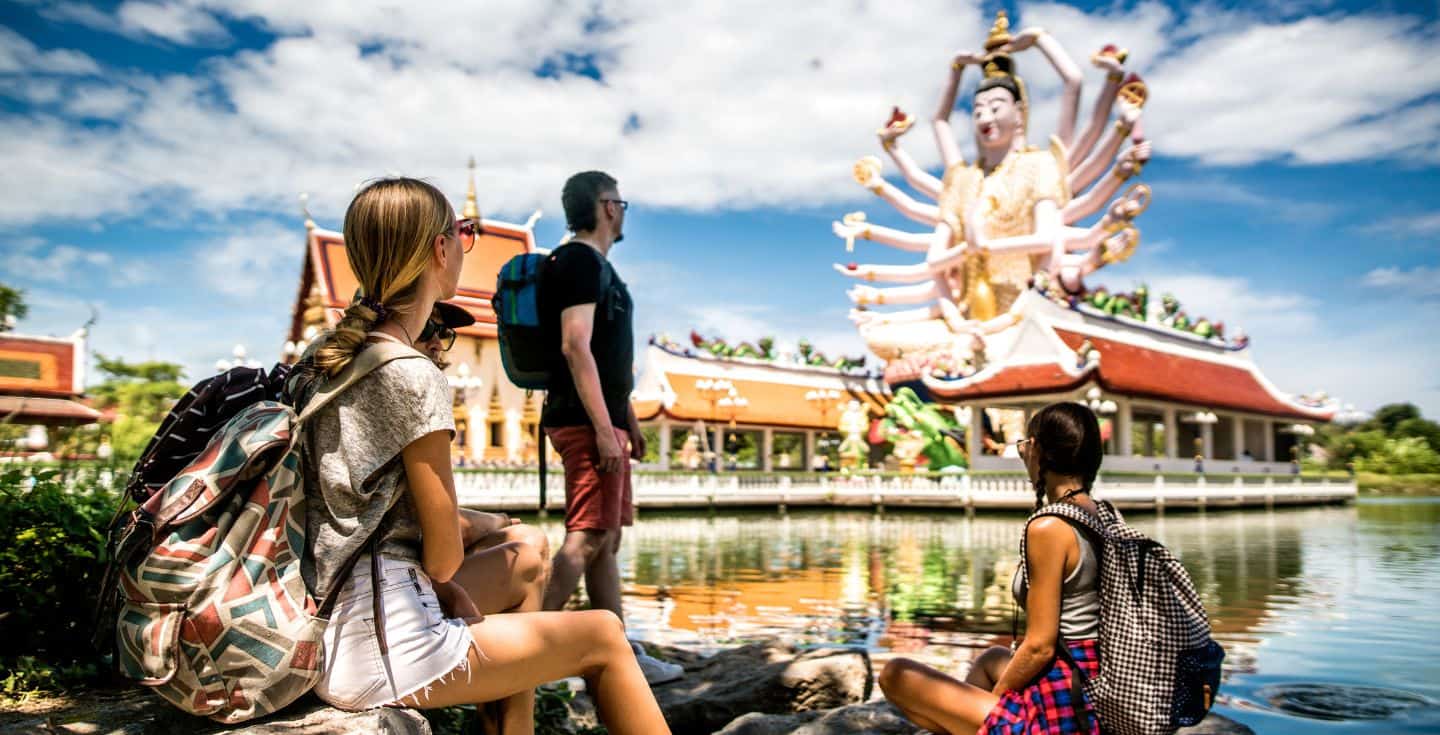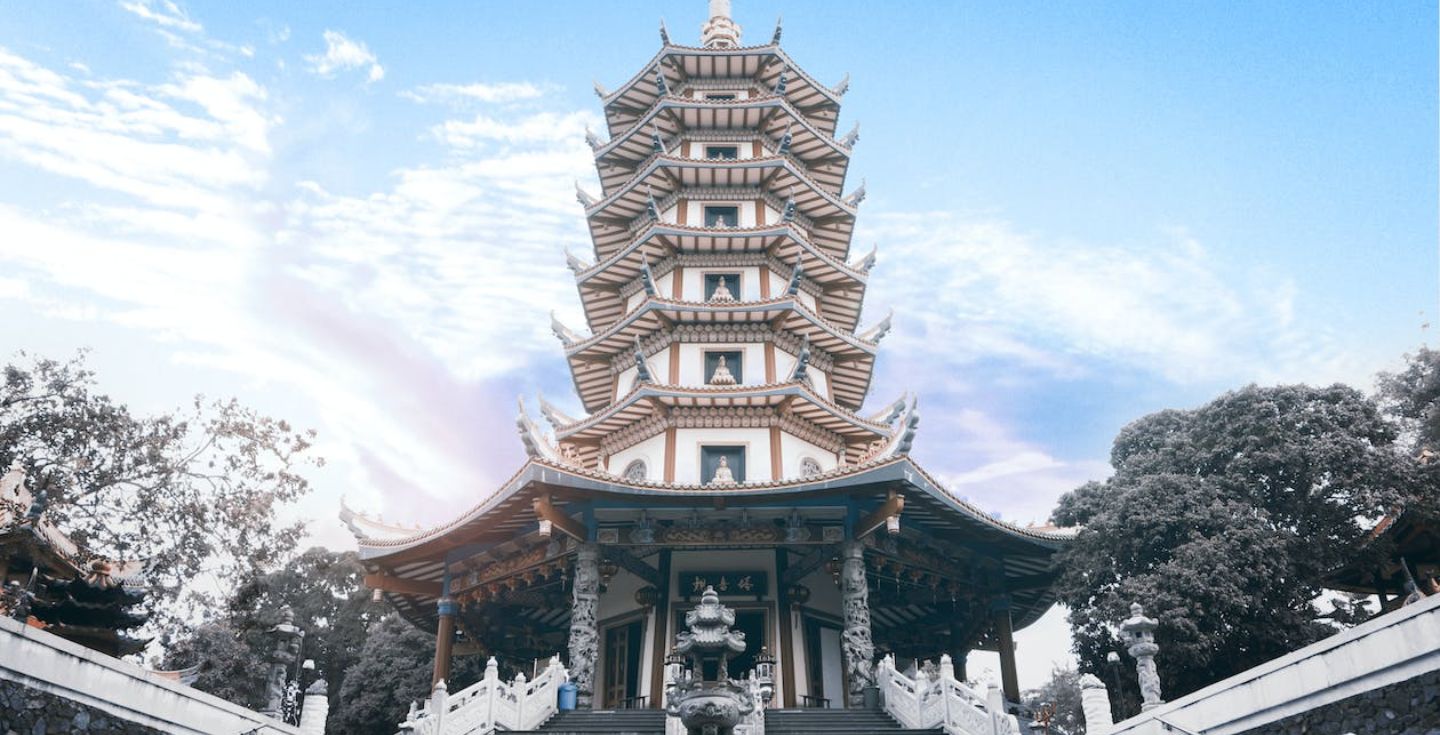Best time to visit Thailand: Things to consider and when to go
The best time to visit Thailand depends on what you want to get out of your trip. Find out everything about each season and what you can do year-round in the Land of Smiles.
The best time to visit Thailand depends on your itinerary and destinations. Are you planning on going scuba diving in Ko Tao? What about the full moon festival in Koh Phangan? Or do you prefer the relaxed rice fields of Pai and the north? Well, there’s a lot to talk about to ensure your trip provides the best possible experience!
Read on to plan your Thai vacation timings, keeping activities, locations, and the seasons in mind. Plus, see which is the worst time to visit the country, too.
When is the best time to visit Thailand?
When thinking about visiting Thailand, there are three seasons to consider. However, choosing the ideal date goes beyond the ideal season, as your itinerary will depend on your plan.
In Thailand, you’ll come across the high, low, and shoulder seasons. Here are the rough dates for each:
- High season: Lasting from November to March, this is the season when most travelers visit Thailand, and it’s also the dry season.
- Low season: From July to early October, this is Thailand’s monsoon season. But there are still plenty of things to do on these dates, so don’t think the rain will ruin your plans.
- Shoulder season: Lasting from April to June and September to October, the shoulder season is when you can avoid high crowds without the rain completely ruining your trip.
So, why would you visit Thailand in each of these seasons? Each has its own magic, so let’s see what you can expect.
Why visit Thailand during the high season?
The high season is the most popular time to visit Thailand, mainly because of the hot weather. Generally, it’s a great place to escape for some winter sun.
Instead of the thick winter coats and heavy layers back home, you’ll see clear skies and temperatures that range from 75°F to 88°F. Of course, this depends on the area of Thailand you visit, with eastern and northern areas still receiving some rainfall during the period. So, what can you do during Thailand’s high season?
- The best time to visit Bangkok is during the high season. While you’ll find many visitors, the weather will be more friendly, and the temperatures will make it easier to enjoy the capital of Thailand.
- The high season is also the best time to visit Thailand’s beaches and islands. Phuket, Krabi, Koh Phi Phi, Koh Samui, and Koh Phangan must be in your list!
- Chiang Mai is the most important city in the northern region of Thailand, and without rain and a better temperature, the high season is the best time to visit.
- The high season is the best time in Thailand to go scuba diving, as beaches are calmer and the weather is nicer on islands like Ko Tao.
- Enjoy festivals like the Chinese New Year in Bangkok or Loy Krathong in southern Thailand, and connect with the local culture through parades, dances, and more.
While this season is ideal for outdoor activities and visiting the east coast beaches, it’s important to note that visiting Thailand during the high season is crowded and expensive.
Both hotel and transportation prices are high during these months; prepare around $35 to $40 USD per day for your expenses.
Pro travel tip: Book your hotels and tours in advance; that way, you might even get some exclusive deals to save money while visiting Thailand.

Why visit Thailand during the low season?
Let’s discuss what is considered low season. If you plan to visit Thailand during this time, remember that we are talking about the rainy season.
While the rainy season is better for avoiding crowds, that doesn’t mean you have to avoid visiting Thailand. Destinations such as Ko Samet in the Gulf of Thailand are less rainy than Bangkok, for example.
If you are ready to handle this type of weather from July to October, the good news is there are still plenty of things to do.
- During the low season, visiting destinations such as Chiang Mai and Khao Sok is cheaper, and there’s a lot to do regarding local culture and outdoor activities while it’s not raining outside.
- Thailand’s east coast, such as Ko Chang and Ko Samet, becomes the ideal runaway from the heavy rains in northern Thailand.
- The low season is great for shopping in Thailand, especially in places like the Chatuchak Market in Bangkok, as some prices lower a bit compared to the rest of the year.
- The Vegetarian Festival takes place during September, if the Chinese New Year happens in January. Travelers can experience a nine-day festival during which they won’t eat meat to gain health and peace of mind.
Pro travel tip: During the rainy season, expect 15 to 20 days of rainfall, so remember to take waterproofs and check the weather forecast on your phone to plan your daily activities.

Why visit Thailand during the Shoulder season?
The shoulder season is divided into two parts: from April to June and late October, just before the high season begins.
Visiting during the shoulder seasons means avoiding monsoons while still enduring short downpours. Your trip won’t be as sunny as the high season, but you should see smaller crowds and lower prices.
Here are some ideas for you to do during the shoulder season in Thailand:
- Beach resorts on the Andaman Sea receive fewer visitors during these months but still represent an idyllic island getaway, making it the ideal time to get some discounts/offers on local resorts.
- Don’t visit Bangkok during the shoulder season; it’s extremely crowded, and you could spend hours in traffic due to locals moving around while avoiding the rainy season. Destinations like Samui or the Udon Thani province are better places to enjoy your trip.
- New Year’s Day, or Songkran, in Thailand, is a two-day festival in April. During this festival, scented water is poured over people and thrown in the street to “wash away sins and bad luck.”
- Rainfall is more common on the west coast during the first shoulder season of the year (April to June), while the east receives more rain in September and October. Plan your trip accordingly.
Pro travel tip: If you plan to visit Thailand during Songkran, make sure to book your hotel in advance as it’s a popular festival and accommodations are usually busy.

When to visit Thailand: Month by month
While we’ve discussed what to do during each season in Thailand, it’s time for a month-by-month guide so you can plan the ideal destination for your Thai adventure.
- January: One of the best, but busiest, months to visit the west coast islands or enjoy cooler temperatures in the northern region
- February: Idyllic weather for visiting Thailand’s islands and visiting Bangkok’s Chinatown for the Chinese New Year or enjoying northern regions before they heat up
- March: The best time to visit locations such as Ko Tao, Koh Samui, and Koh Phangan, just before the rains return
- April: Enjoy the Songkran (Thailand New Year) throughout the country, with spots of both good and bad weather putting off some of the crowds
- May: Shoulder season in May means lower prices and better prices on hotels and resorts, but be prepared for near-daily rainfall
- June: The last month before the monsoons is the best month to visit Thailand on a budget, as activities are still possible but smaller crowds mean lower prices
- July: In the low season temperatures start to drop and Thailand’s rainy season begins, but east coast beaches are a strong option with only roughly 13 days of rain in the month
- August: Low season and rainfall is more common in the northern region, but Hua Hin beaches and attractions are still worth visiting this month
- September: The wettest month of the year for much of Thailand is ideal for grabbing nice discounts on hotels and resorts, just expect long days inside while you wait for a clear moment
- October: A bridge between the dry and rainy seasons, with cooler temperatures and lower humidity. Some rainfall is expected for those who want to experience the Vegetarian Festival
- November: High season and the sun is back on the west coast, meaning it is the best time to visit Thailand beaches in regions Khao Lak or Phuket or enjoy the Loy Krathong festival
- December: The ideal month for many as the weather is nicer, especially on the west coast and in Bangkok, but be aware of heavy rainfalls on the east coast
When is the worst time to visit Thailand?
There’s no “worst time” to visit Thailand. It’s a year-round destination, which is a huge plus for travelers.
But there are some things to consider depending on which season you visit the country:
- High season: You’ll find crowded destinations, especially for travelers running from the cold winter, plus hotels and flights are more expensive.
- Low season: Monsoon season means you’ll get around 15 to 20 days of rainfall, so double-check the weather forecast before leaving the hotel room.
- Shoulder season: While destinations are less crowded, there’s still some rain in some regions, but there are still plenty of things to do.
Stay connected in Thailand during all seasons
Traveling to Thailand means you’ll need an internet connection, and while using data roaming, a SIM card, or a pocket WiFi is a good option, there’s a cheaper alternative.
With our eSIM for Thailand, you’ll get unlimited data, and you can choose how much you plan to use your eSIM; there’s no need to spend extra money on this. You can rather spend it visiting Bangkok or Thailand’s beautiful beaches.
Plus, if you plan to travel to Thailand and then somewhere else, you can try our eSIM for Asia. That way, you’ll stay connected with unlimited data in 16 countries for a better traveling experience.





 Language
Language 


















 No results found
No results found











